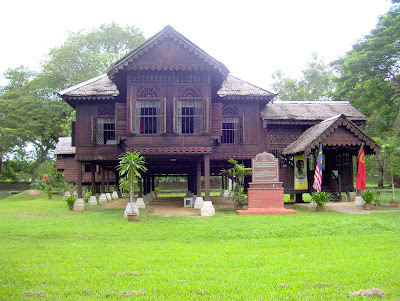"A bicycle shed is a building; Lincoln Cathedral is a piece of architecture"
Nikolaus Pevsner
This was the first sentence I found in the "Outline of European Architecture", top of the reading list in my first year doing architecture in University thirty years ago.
This blog is more about the bicycle sheds of this world rather than cathedrals. I am interested in low-cost affordable housing solutions – aesthetics is important, but not really the most important. My belief is that if we work hard to solve the social, environmental and economic problems of housing, the result will not necessarily be ugly.
There is architecture that is created by architects; but also architecture created by non-architects. By ordinary people, all round the world. This is Vernacular architecture, and it is a fascinating study. Buildings built by people for themselves using the materials available to them in the best methods that they knew how, making it suitable their way of life, their needs, culture and climate. They used their limited resources in ingenious ways, achieving functional and beautiful forms. A by-product of this process of folk building through the ages is indeed a distinctive identity that communicates not only a sense of time and of place, but also a sense of beauty - timeless and ethereal.

But I am not an advocate of the “vernacular” style. Copying the look and visual details of houses from the past doesn't necessarily create beautiful homes, let alone solve the other problems of housing today. The lesson that I draw from vernacular architecture is that there is a role for architects that is outside the realm of “iconic” buildings and “signature” landmarks. Outside of working for the few who want to express their wealth and power, there is a place for architects who wish to build for the majority of people. Constrained as they are to limited resources, architects must use available materials and techniques in the best way that we can to create buildings that are functional and relevant to humble but urgent needs.
My conviction is that if we do it in an honest way, expending our best efforts, the architecture that we produce, will over time be recognized as having its own unique identity, rooted in its age and place, communicating its own sense of beauty, at least as meaningful as the palaces and monuments.
Reference
Nikolaus Pevsner, "An outline of European Architecture", Pelican, 1943
First posted 23rd June this year.
Happy Holidays this Christmas and New Year!
1 comment:
happy holiday!
Post a Comment